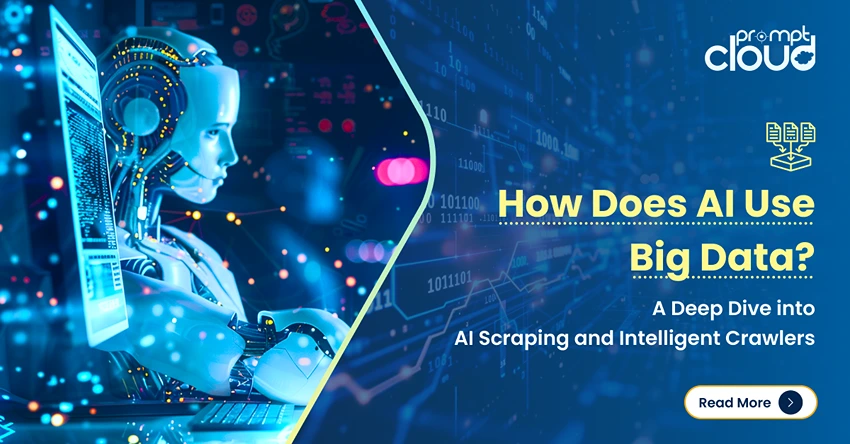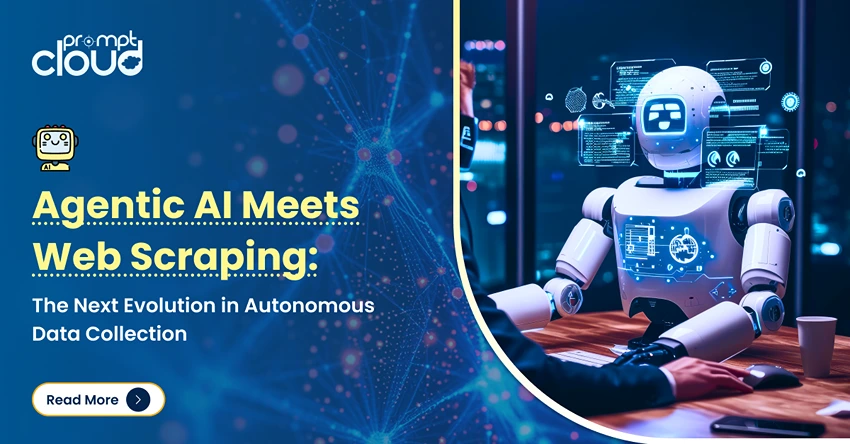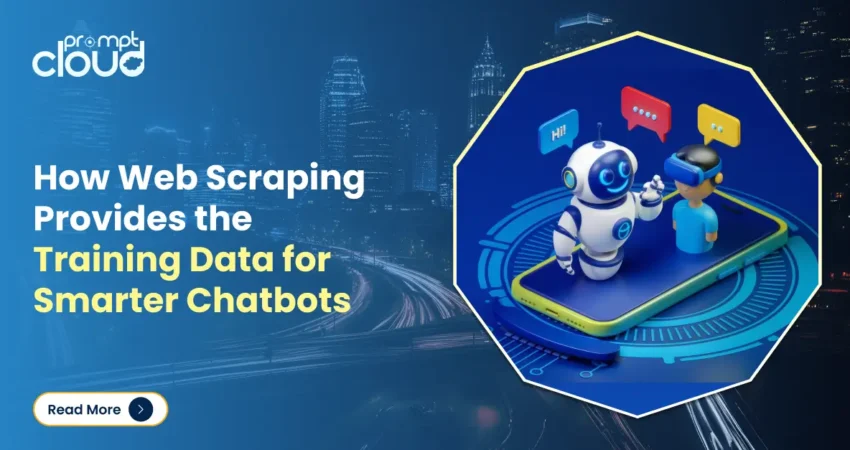
How Web Scraping Provides the Training Data for Smarter Chatbots
As businesses increasingly rely on chatbots to enhance customer experiences, the importance of robust and relevant training data cannot be overstated. The effectiveness of a chatbot largely depends on the quality of its dataset. In this context, web scraping emerges as a game-changing technology that can supply diverse, accurate, and real-time data for chatbot development. This article explores how web scraping powers smarter chatbots by delivering high-quality training datasets, practical use cases, and the role it plays in advancing conversational AI.
What is a Chatbot Dataset?
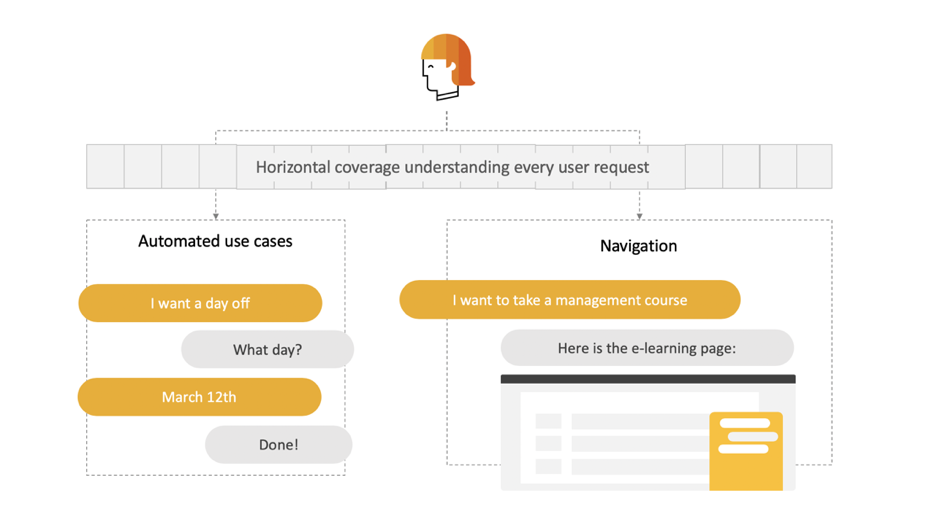
Image Source: SAP Community
A chatbot dataset is a collection of structured and unstructured data used to train and fine-tune chatbots. It encompasses various conversational patterns, intents, questions, and responses tailored to specific use cases. The more diverse and comprehensive the dataset, the better the chatbot’s ability to handle complex queries, understand user context, and deliver human-like interactions.
For instance, a customer support chatbot needs a dataset containing queries about products, pricing, troubleshooting, and other frequently asked questions (FAQs). In contrast, a chatbot for healthcare must be trained on datasets rich in medical terminologies, patient queries, and healthcare protocols.
Why Web Scraping for Chatbot Training Dataset?
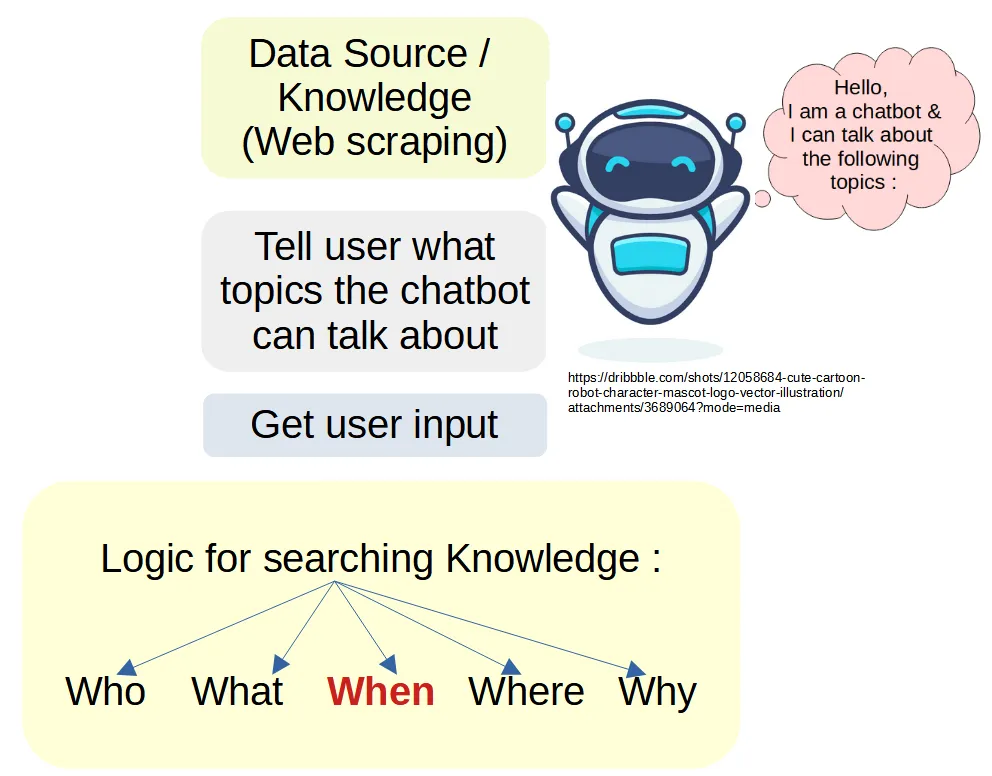
Image Source: Medium
The creation of chatbot training datasets often requires vast amounts of high-quality data from multiple sources. Traditional methods of data collection, such as manual data entry or relying on pre-existing datasets, are time-consuming and may lack relevancy. Web scraping bridges this gap by automating data extraction from a wide array of websites, forums, and social platforms.
Advantages of Web Scraping for Dataset Collection:
- Scalability: Web scraping can extract data from thousands of web pages within minutes, enabling large-scale dataset generation.
- Customizability: AI developers can tailor scraping tools to extract domain-specific content, such as legal terms, travel-related FAQs, or product reviews.
- Real-time Data: Regular scraping ensures datasets are updated with the latest information, improving the chatbot’s ability to handle current trends.
- Cost-effectiveness: Compared to purchasing pre-built datasets, web scraping provides a more budget-friendly solution for dataset creation.
How Web Scraping Powers Smarter Chatbots
1. Enhancing Natural Language Understanding (NLU)
Chatbots rely on NLU models to interpret user intent and generate accurate responses. Web scraping gathers diverse conversational data from blogs, forums, and question-answer platforms like Quora or Reddit. This ensures chatbots can handle varied sentence structures, slang, and idiomatic expressions.
Example Use Case:
- E-commerce Chatbots: Scraping product reviews and customer feedback enables the chatbot to learn sentiment nuances, helping it provide better product recommendations or address concerns effectively.
2. Training Domain-Specific Chatbots
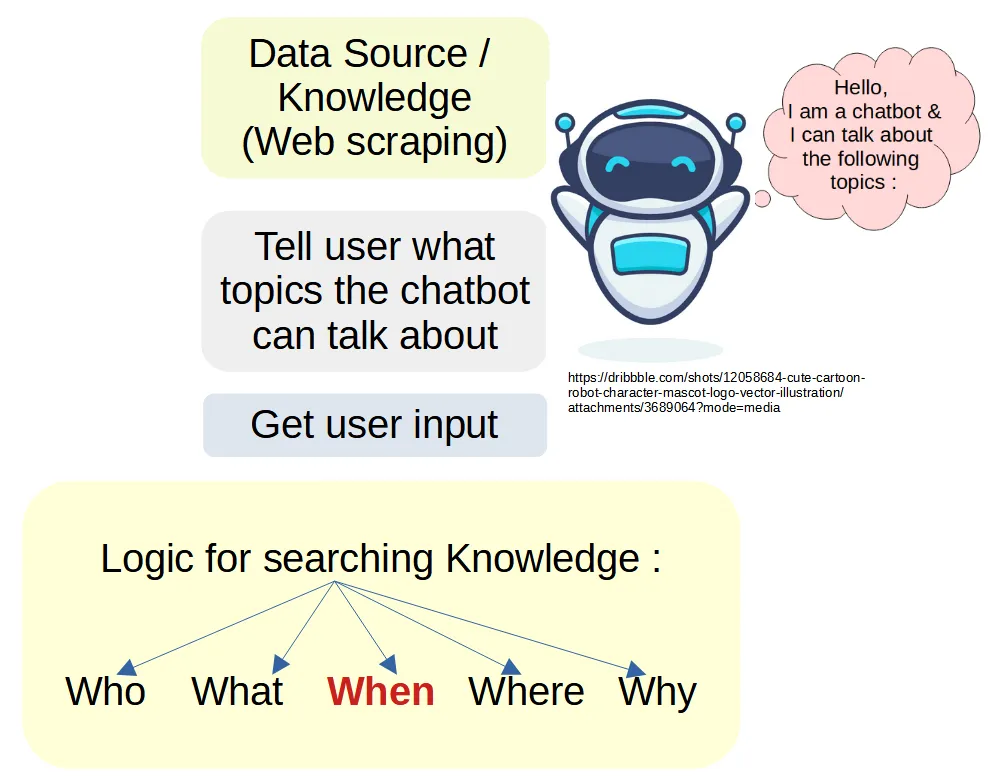
Image Source: Scriv
Many industries require chatbots tailored to specific fields, such as legal, healthcare, or travel. Web scraping enables the extraction of specialized content from niche websites, regulatory bodies, or industry forums, creating a dataset for chatbot training that meets industry-specific requirements.
Example Use Case:
- Healthcare Chatbots: Scraping medical databases, health forums, and FAQs provides the chatbot with the vocabulary and context needed to assist patients or schedule appointments.
3. Improving Multilingual Capabilities
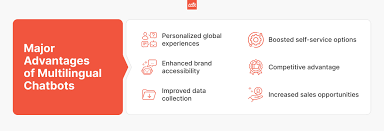
Image Source: MasterOfCode
With global customers increasingly using chatbots, multilingual support is essential. Web scraping extracts data from international sources, providing chatbot developers with language-specific datasets to train their models.
Example Use Case:
- Travel Assistance Chatbots: By scraping travel guides in multiple languages, chatbots can assist users in their native tongue, offering ticket bookings, itineraries, or travel tips.
4. Enriching Customer Support Knowledge Bases
Customer support chatbots require extensive datasets to address a variety of queries. Web scraping enables data collection from help center articles, user manuals, and support forums, equipping chatbots with the information they need to resolve issues promptly.
Example Use Case:
- IT Support Chatbots: Scraping troubleshooting guides and software FAQs allows the chatbot to assist users with error resolution or system setup queries.
5. Fine-Tuning Sentiment Analysis Models
Sentiment analysis is a crucial aspect of conversational AI, allowing chatbots to adapt their tone based on user emotions. Web scraping collects data from social media, reviews, and blogs, creating sentiment-rich datasets for chatbot training.
Example Use Case:
- Social Media Chatbots: Sentiment-rich datasets enable chatbots to engage with users positively or escalate issues to human agents when detecting negative emotions.
Steps to Build a Dataset for Chatbots Using Web Scraping
Step 1: Define Data Requirements
Identify the type of chatbot and its use case. For instance, a retail chatbot may need data from product reviews, FAQs, and e-commerce forums.
Step 2: Choose Web Scraping Tools
Select a web scraping tool or service. Popular options include Scrapy, BeautifulSoup, and PromptCloud’s managed data services.
Step 3: Target Relevant Sources
Focus on credible and relevant sources for data extraction. For example:
- Blogs and forums for conversational patterns.
- Social media for sentiment-rich data.
- Industry-specific sites for domain-specific chatbots.
Step 4: Preprocess the Data
Raw data collected via web scraping often contains noise, duplicates, or irrelevant content. Data preprocessing involves:
- Cleaning the dataset.
- Structuring data into categories (e.g., intents, responses).
- Removing biases.
Step 5: Validate and Test
Split the dataset into training, validation, and test sets. Train the chatbot and evaluate its performance to ensure the data is effective.
Conclusion
Web scraping has revolutionized how chatbot datasets are built, offering AI developers and chatbot teams a scalable, cost-effective, and real-time solution to data collection. By leveraging web scraping, businesses can empower their chatbots with domain-specific knowledge, multilingual capabilities, and emotional intelligence, enhancing user experience and operational efficiency.
For AI developers, customer support managers, and chatbot teams, embracing web scraping as a tool for dataset generation is not just a necessity but a strategic advantage. As conversational AI evolves, the importance of high-quality datasets will continue to grow, making web scraping an indispensable part of chatbot development.
Looking for tailored datasets for your chatbot project? PromptCloud’s managed web scraping services deliver high-quality, ready-to-use data for smarter chatbots. Contact us today!











